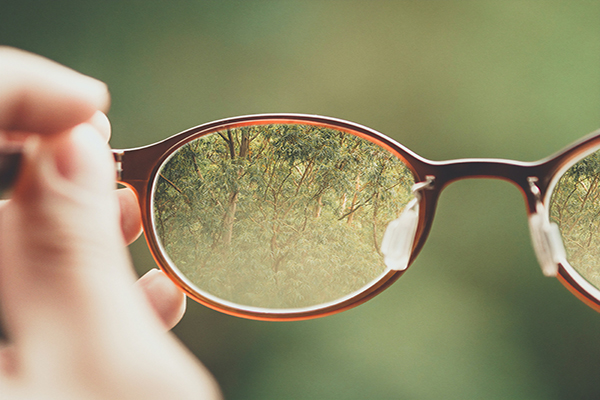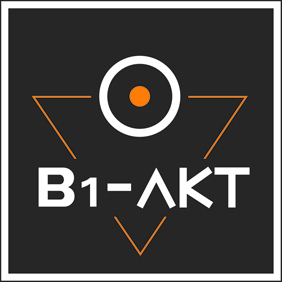03 May SHAPE A SUSTAINABLE FUTURE – Tools & Concepts
Today we invite you to shape the future! Visions for transitions to sustainable societies are needed, based upon the reconception of entire life-styles that are human scale, place-based, but globally connected in their exchange of technology, cuture and information. These visions are based upon communities that are in symbiotic relationships to the ecosystems within which they are embedded.
Transition Design acknowledges that we are living in ‘transitional times’. It takes as its central premise the need for societal transitions to more sustainable futures and argues that design has a key role to play in these transitions.
The transition to sustainable futures calls for new ways of designing that are based upon a deep understanding of how to design for change and transition within complex systems. This knowledge and the new skillsets it will inform must be integrated from areas such as science, philosophy, psychology, social science, anthropology and the humanities and will therefore challenge existing design paradigms.
Transition Design
Transition design is the practice of designing things that take significant period of time to achieve, that also require a number of steps. It is associated with complex problems such as sustainability and urban design.
Problems of sustainability have social, economic, political and ecological elements that make them difficult to solve. Transition design is an approach that takes practice steps that get you to future goal or vision that may decades away. It requires strategic design that it is opposed to design that solve current problems. This approach is a potential way to solve complex and intractable problems.
The challenge for Transition Design is to define enough to inform people about the goal, provide enough scaffolding to support the complexity at hand, but not overprescribe the path to get there, leaving enough ambiguity to encourage creative reinterpretation, thinking, and design.
On short : Transition Design is a type of design that aims to shift societies to more sustainable futures through the understanding of the “interconnectedness” of social, economic, political and natural systems to address problems at all levels of scale in ways that improve quality of life.
Clearly, transitioning towards societal sustainable futures involves many stakeholders, designers, and types of design thinking. Though the term Transition Design is new and the paths prescribed different from previous types of design, the power of design to transition to more desirable futures is unquestioned.
Other Tools of change making & sustainable futures
Win Cube
Win Cube is a concept created by B1-AKT based on sustainable relations between stakeholders Win/Win means that agreements or solutions are mutually beneficial, mutually satisfying. With a Win/Win solution, all parties feel good about the decision and feel committed to the action plan. Win/Win sees life as a cooperative, not a competitive arena. The third win arises from the sustainability and the common interest. The Common Interest must inscribe itself in a sustainable vision and partnership.
Axiological Action
Axiological Action is a concept created by B1-AKT. It is based on understanding and interacting in complexity: Me / You / We It uses the power of influence instead of manipulation: being and acting in ethics, transparency and with common values. The axiological action is used to involve stakeholders and to determine what values to settle down, promote, transmit, and share.
Ikigai
One of the most notable strategies in finding one’s purpose is the Japanese concept of Ikigai, which translates to “reason for being.” Your Ikigai is an indicator of what drives, excites, and fulfills you.Broadly speaking, Ikigai lies at the intersection of what you are passionate about, what you are good at, what can allow you to earn a living, and above all, what the world needs. It is a combination of passion, vocation, and mission.
Conducting the Ikigai process involves identifying each part of the intersection and the sum of all the components. But it’s important to note that this process is never successful as a one-time exercise. Finding one’s Ikigai is about lifelong self-reflection and experimentation. You may identify more than one Ikigai, and your Ikigai may change as your identity and circumstances evolve over time
Strategic Design
Strategic design applies some of the principles of traditional design to “big picture” systemic challenges like health care, education, and climate change. It redefines how problems are approached, identifies opportunities for action, and helps deliver more complete and resilient solutions. Strategic design is about crafting decision-making
Social Design
Social Design is about applying general design principles to our social realities and ‘designing’ ways to address social issues (such as poverty or social isolation), and ultimately creating a more just and sustainable society.
Sustainable Design
Sustainable design seeks to reduce negative impacts on the environment, and the health and comfort of building occupants, thereby improving building performance. The basic objectives of sustainability are to reduce consumption of non-renewable resources, minimize waste, and create healthy, productive environments.
Want to know more? Drop us a note : contact@b1-akt.com.

